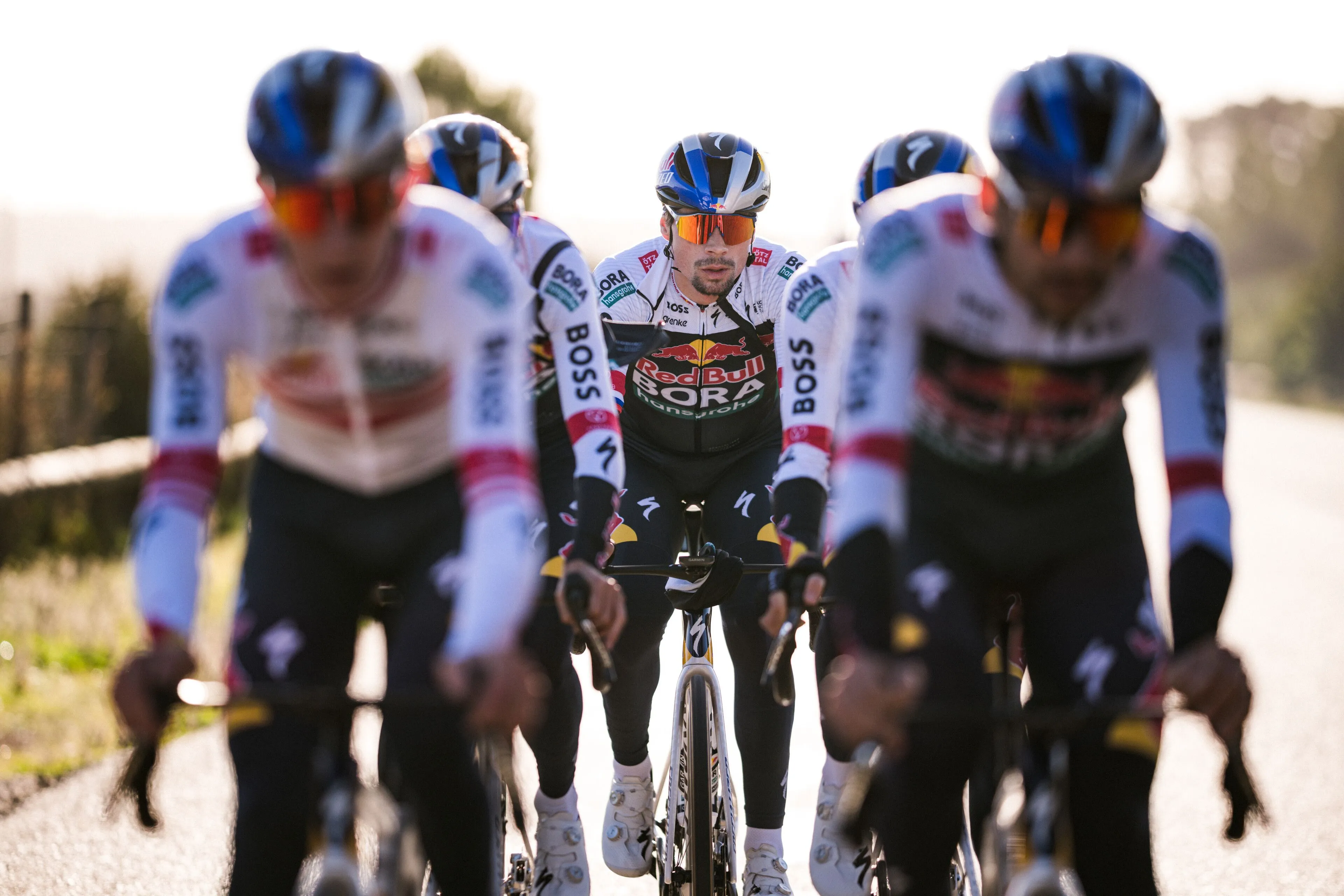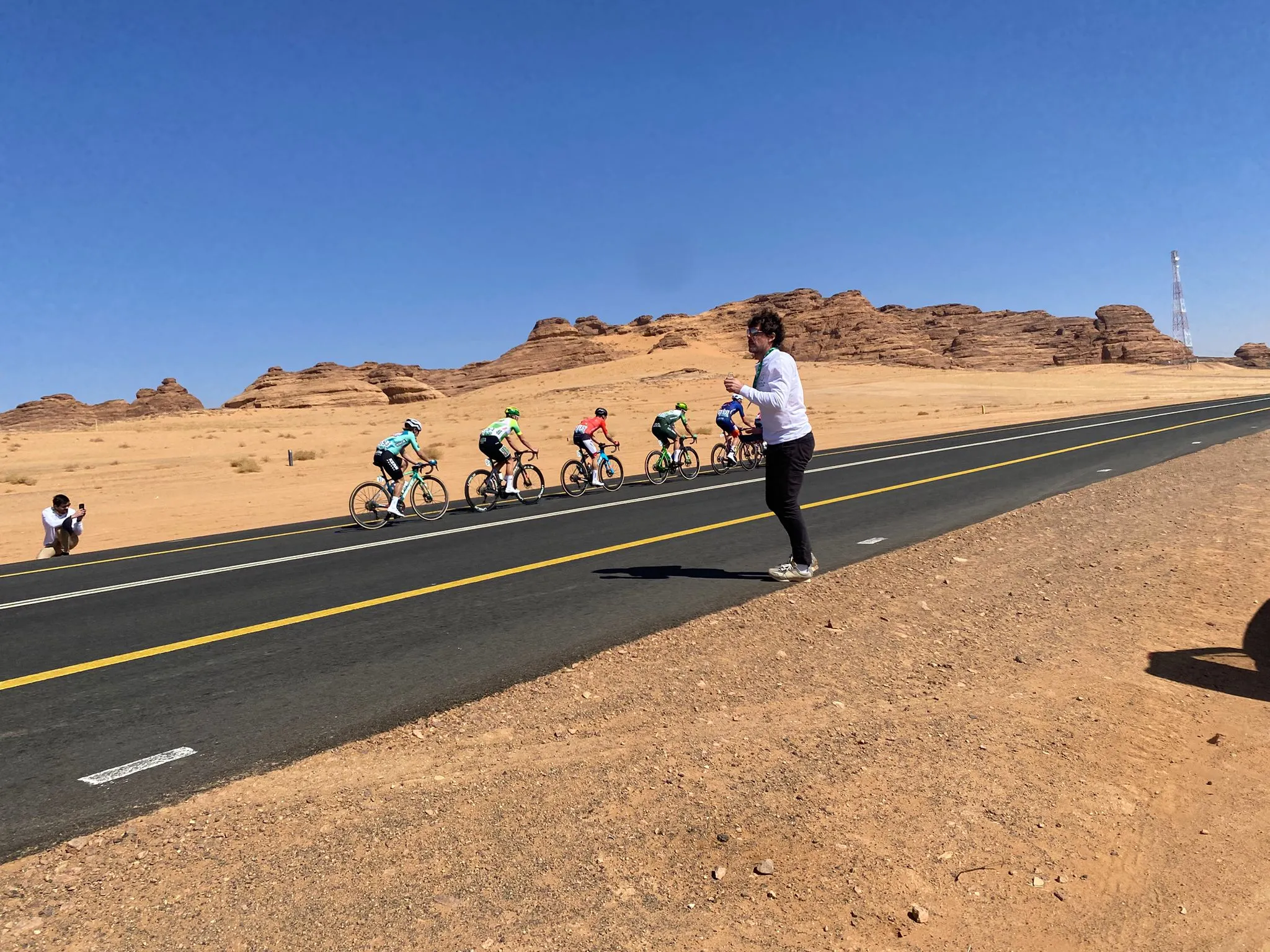Shirin van Anrooij and the hidden struggle: "Van Vleuten’s message described exactly what I felt but couldn’t put into words"
CyclingSaturday, 08 February 2025 at 10:54
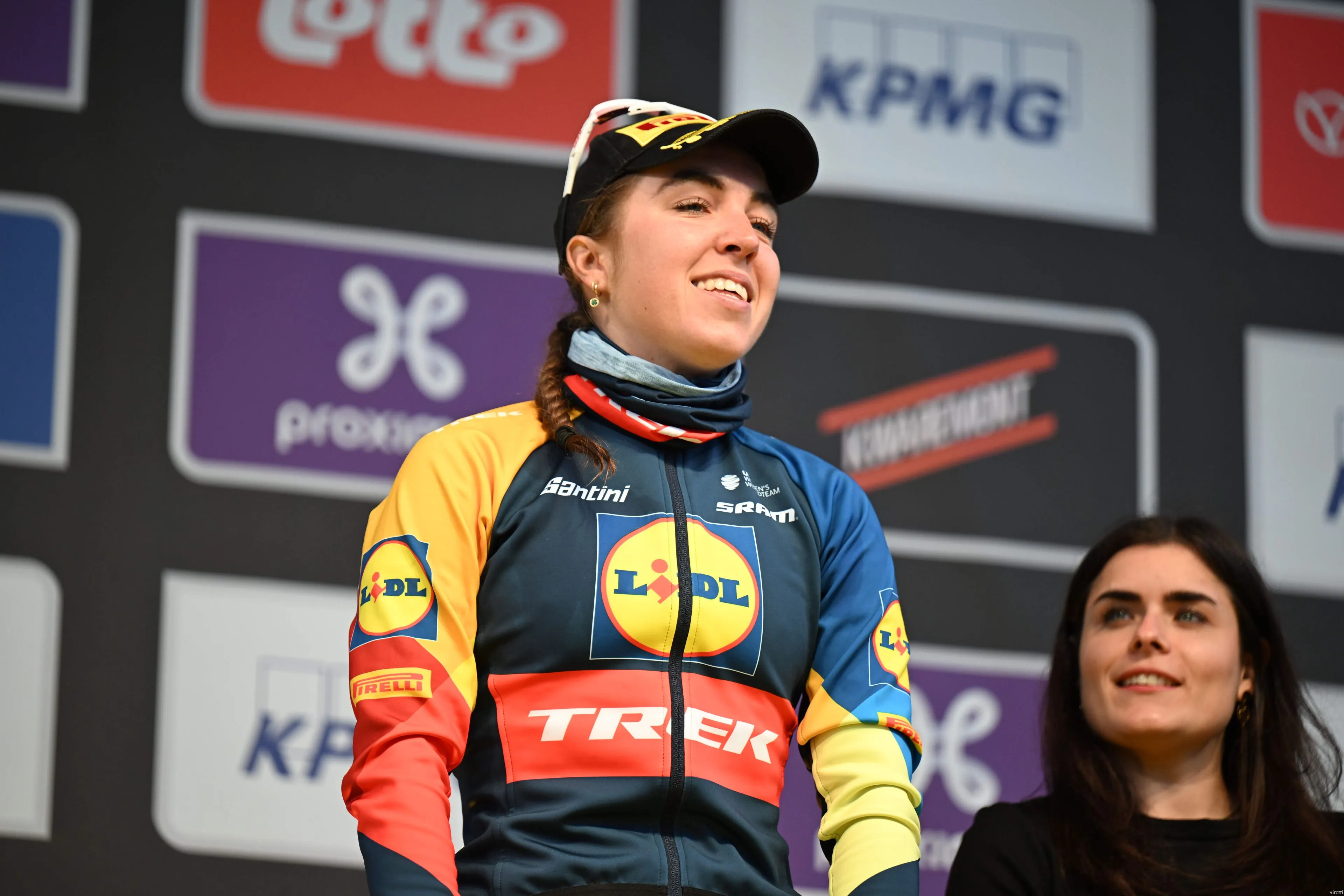
A quick look at Shirin van Anrooij’s Instagram still shows her signature bright smile—but recently, that smile has been hiding something. The young Dutch rider has been struggling with a loss of confidence in her body due to a narrowed iliac artery. During Lidl-Trek’s media day, she spoke with IDLProCycling.com about how things are going—and what’s next.
Before diving into her struggles, here’s a suggestion: pull up Van Anrooij’s 2024 results again. Fourth in Omloop Het Nieuwsblad, fifth in Strade Bianche, second in Dwars door Vlaanderen, third in the Tour of Flanders, thirteenth in the Tour de France Femmes and so on. A top year, right?
A fantastic season, right? Not quite—or definitely not. Her season ended with a DNS in Stage 3 of the Tour de Romandie and a forced withdrawal from both the European and World Championships. “I’ve been struggling with pain and loss of power in my left leg for a while now, and it’s become clear that further examinations are needed,” she announced on social media in late September.
By early November—after still riding the Gravel World Championships in October for fun—she finally got an answer. “After a few tough months, we found out what was causing the issues in my left leg. I’ve since undergone surgery for my narrowed iliac artery.”
Continue reading below the photo!
Van Anrooij ignored thoughts of an iliac artery injury for a long time
This meant no cyclo-cross season for Shirin van Anrooij this winter, who openly discussed the struggles she faced during her team’s media day. "I had the feeling for a long time that something wasn’t right, but I didn’t immediately know what it was. Looking back, it had been going on for about a year and a half. During the altitude camp before the Tour, it really hit me—when I couldn’t even push 200 watts on my time trial bike, and the power difference between my left and right leg kept growing."
Reminder: She still finished 13th in the Tour de France Femmes and remained competitive until the final stage. "At the time, I blamed it on the new bikes and a different riding position—but maybe that was just wishful thinking, hoping I could keep it hidden. That stopped working during the Tour. The first seven days were okay, but by Alpe d’Huez, I couldn’t deny it anymore. I climbed with only 25 percent power in my left leg, so when I reached the top, I said: ‘This really isn’t right.’"
"I was afraid it might be the iliac artery, and I kept telling myself: if I admit it, then it will become real—and that means I’ll be out for a long time." But in the end, she couldn’t ignore it any longer. "I tried all kinds of treatments, but when I reached the Tour de Romandie, I completely stalled—I had to stop on the climb because I literally couldn’t push with my left leg anymore."
"Then my chiropractor said: ‘It can’t be anything else but the iliac artery.’" That was when further tests were ordered, which took another two months. "Those are months where you feel like you’re losing time—time that could have been spent preparing for the spring or next road season."
Despite the frustration, there was also relief when the diagnosis was finally confirmed. "At least it was something real, because it had been such a feeling of helplessness. After a while, you start doubting everything—even yourself. Could I still push through the pain? Was it all mental? Those questions kept creeping in, even though deep down, I knew something was really wrong. It was a weird and difficult period." she summarizes in a nutshell.
Van Anrooij also takes positive lessons from this experience
So now, several months post-surgery, how is the young Dutch rider feeling? "As far as I know, everything went well. I have a follow-up MRI and check-up six months after the surgery, but so far, everything feels good on the bike, and the first signs are positive. But I don’t want to assume too much yet."
For those thinking a narrowed artery only affects performance in professional sports—think again. "It was probably there for a year and a half, slowly getting worse. At a certain point, I even started feeling it when just sitting down or sleeping with my leg bent. I knew it was affecting my daily life, and that without surgery, racing at the highest level wouldn’t have been possible anymore."
Van Anrooij seems to embrace the ‘what doesn’t kill you makes you stronger’ mindset. "It’s been a huge learning experience. I didn’t do any training for eight weeks—that’s the longest break I’ve ever had. And honestly, it was probably good for my body to fully rest. After just a few days, I realized I had never truly taken a complete break. So in that sense, it was also a lesson that it’s okay to take a step back sometimes. I love being on the bike every day, but I also need to learn that it’s okay to just sit on the couch for a day. I usually feel useless when I do, but I now understand that it’s part of the process," she says with a smile.
"Now, I appreciate every step forward. I was thrilled when I could ride for an hour at 50 watts on the trainer—it really made me realize how much I missed cycling. So, mentally, I’ve learned a lot from this too. Of course, there have been difficult moments—especially when you feel like you’ve lost trust in your own body. That’s something that will take time to rebuild. But I focus on what I can do now and remind myself that not everything is a given."
And that, as a motivated top athlete, is something you have to keep telling yourself. "I tend to put a lot of pressure on myself, but now I’m trying to appreciate even the small progress I make. That also means taking things slowly for now—which will be tough once I start watching the Classics on TV. It was already difficult during the training camp, seeing everyone gearing up for the Cyclo-cross World Championships and the upcoming season."
Read more below the photo!
Van Anrooij thanks close circle for support: "They see me as Shirin"
"The first few months will be all about working on the basics, then seeing how my body reacts," she explains about the road ahead. "My left leg also needs to regain strength because, after so much compensation, my right leg has become much stronger. In a way, I had gotten used to that. But now, I’m gradually increasing the intensity, and the team is making sure I stay mindful of that—which is ultimately a good thing."
Van Anrooij knows that trust in the process is essential. "Having people around me who supported me has been so important. My team, but especially the people at home. They see me as Shirin—not just as a rider. And that was the most valuable lesson I’ve learned during this time. I’ve been able to say ‘yes’ more often, and that made me realize just how grateful I am for their support and the fact that we got to spend so much time together."
The same applies to her team, which has given her the space to recover properly. "From the start, they told me to take my time and build a strong foundation. That kind of support means a lot—knowing that they believe the only way for me to come back stronger is by doing it right. If I were in a different team, I probably would have been racing again by March. Maybe I would have been okay for a month, but after that, the decline would have already started," the Dutch rider acknowledges.
Read more below the photo!
Van Vleuten perfectly described what Van Anrooij was feeling
Van Anrooij isn’t working toward one specific goal on the horizon—she's taking it step by step. "I don’t really dare to set a goal right now. I tried that last year, but it only led to disappointment after disappointment. That World Championship kept playing on my mind, and I was stoically focused on it—until the team finally told me this couldn’t go on and that something had to be wrong."
"Right now, the most important thing for me is to feel like Shirin on the bike again—to get back to the feeling I had in Binda two years ago," says the Lidl-Trek rider. "After that, everything else will follow, and I can start dreaming again about results, races, and specific goals. Though hopefully, after going through this, I’ll learn to appreciate certain achievements more instead of constantly thinking about the next target."
One of the most frustrating aspects of an iliac artery narrowing is that it’s nearly impossible for people to understand what it actually feels like—even those within the sport. "It’s really difficult to explain. But when I talked to Marianne Vos and Annemiek van Vleuten, they immediately understood what I meant. For me, it felt like my left leg was flooding with lactic acid as if I was riding full gas—while my heart rate was only at 140. My right leg felt completely fine, but the left one was burning."
In doing so, Van Vleuten struck the perfect chord in describing the experience, and for that, Van Anrooij is deeply grateful. "I had a conversation with Annemiek about it. She asked me how I was feeling, and I told her I didn’t really know. Then she described exactly how she had felt when she dealt with the same injury. I read her message to my parents, and it was precisely what I had been experiencing—but couldn’t put into words."
"That was the moment I realized: this isn’t just in my head—it makes sense. And when I finally saw the scan of my narrowed iliac artery, I had proof that something was really wrong. That helped me mentally put it behind me. From that moment, I was immediately ready for surgery—I couldn’t get it done fast enough. I had to keep training to be as fit as possible for the operation, even though it was the offseason and I was still struggling on the bike. But I knew that if I didn’t get the surgery, I wouldn’t be able to cycle at my level anymore," she concludes. Just to point out exactly what it is or could be.
Tip: re-read the first paragraph.
Read also
IDL-productions
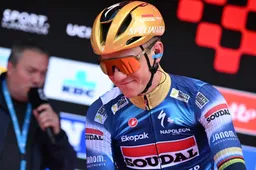
Preview Tour of Romandie 2025 | Evenepoel picks up stage racing right after Liège
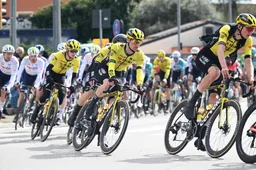
"I’m not going to sit in the chair of the sports management": Visma | Lease a Bike reflects on the spring classics season
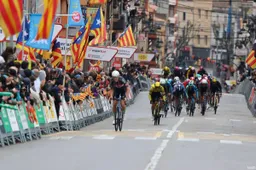
Course and results Tour of Turkey 2025 | Del Grosso takes first pro win! Can he hold the lead in a tricky hilly stage?
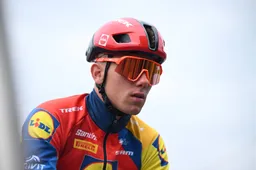
Preview Eschborn-Frankfurt 2025 | Where spring classics meet Giro (and everything in between)
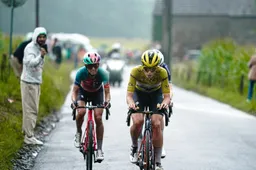
Preview Liege-Bastogne-Liege 2025 - women | Maybe a Tour de France Femmes 2024 rematch?
Latest Cycling News

What a story! Winner Watson only found out the day before the prologue that he would race in Romandie: "I was out training"

Watson narrowly beats Oliveira by three tenths of a second in Tour de Romandie prologue, Evenepoel takes eighth

Del Grosso and Alpecin-Deceuninck survive tough test in Turkey but watch XDS-Astana take the win

Vollering praised for openness about menstruation: "She looks super healthy, not extremely skinny"

Vingegaard sidelined for weeks after crash, but Visma | Lease a Bike issues warning: 'We are one step ahead of our rivals'
Popular Cycling News

Armstrong (and Contador) explain why the unstoppable Pogacar is at risk against Vingegaard: "The mental game is real"
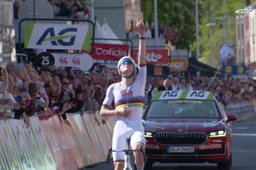
Pogacar sensed something was wrong with Evenepoel and Soudal Quick-Step before La Redoute: "Suddenly, they all disappeared"
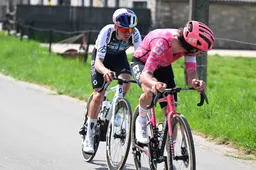
Pidcock saw Pogacar's unusual move, Alaphilippe 58th after cramps, Velasco takes a big step forward
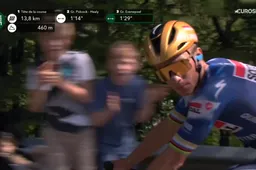
What happened to Remco Evenepoel in Liège-Bastogne-Liège? "I'm not a robot," states the Olympic champion
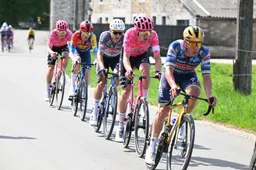
Evenepoel and van Aert protected in Belgium; De Cauwer concludes: "Van der Poel cracked the Pogacar code that day"
Latest Comments
- Why continue to give this bully and liar a platform. Both he and Bruyneel should be persona non grata in the cycling world.Aodh25-04-2025
- Such negative comments that are truly inappropriate and actually ridiculous. He sounds like an old man, bitter that he can't race anymore. Why can't he just be gracious? Or just shut up. Instead of howling for attention, in such a rude manner. Must be Dementia creeping in. We are all living in the Now. Records are there, and some are being broken, some are unapproachable. If he doesn't like it, and it makes him sick, maybe he ought start watching some other sport. Don't want the old mans health to be upset.
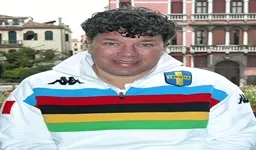 reemmo031-03-2025
reemmo031-03-2025 - Roger De Vlaeminck inspires me to create a new beer: "Bitter Old Twat Belgian".JackInhof31-03-2025
- Shoot, I'll ride it for 1/10 of what his pay for that day is😅Veganpotter30-03-2025
- What is this? The Lance Armstrong daily cheaters channel? I could care less about Johan and Lance the seven times cheater. Greg Lemond was right all along, Why don't you write about that instead of these two knuckleheads.velodrone28-03-2025
- Are we all doomed to hear from Lance Armstrong and Johan bruneel until the end of time? It's not enough the stain they left on cycling? Do we have to see that shadow forever?bigyakman26-03-2025
- I am not sure if it is the hardest to win. In Flanders and Roubaix well before the finish the Peleton will be decimated and the race will normally be won by the best rider of the day or maybe 2nd or 3rd in case of a mechanical or unlucky break especially in case of Roubaix. In San Remo just before the finish there will still be several riders in contention and they are hard to ditch. For the best riders it is a race hard to win since it is not so selective. But if you are not a top 5 rider but still a top 10 rider this race is your best change to win. You will see more Milan San remo Winners with only 1 monument win than any other monumentsJoostmehrtens19-03-2025
- "fap fap fap oh Lance oh oh OHHHHHHH" again. Does he pay you to dredge up people with nice things to say about him? He was an giant a$$hole to people. It is a fact. Whatever his contrition about the doping, he is unapologetic about being a giant a$$hole to people. (Why yes, I do only login to complain. *I* am however only a giant a$$hole to people who laud giant a$$holes.)ericjensenridesbikes25-02-2025
- Remco is still very young. And injuries can absolutely keep you from overdoing it and getting worse. The recent Remco accident didn't keep him from being able to ride a recumbent inside. Wout's knee is a different story thoughVeganpotter23-01-2025
- Van der Poel style is winning by a half a lap and leading the race from the end of the second lap.
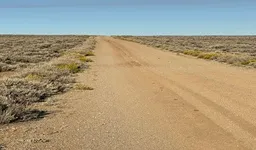 Barnes127420-01-2025
Barnes127420-01-2025
